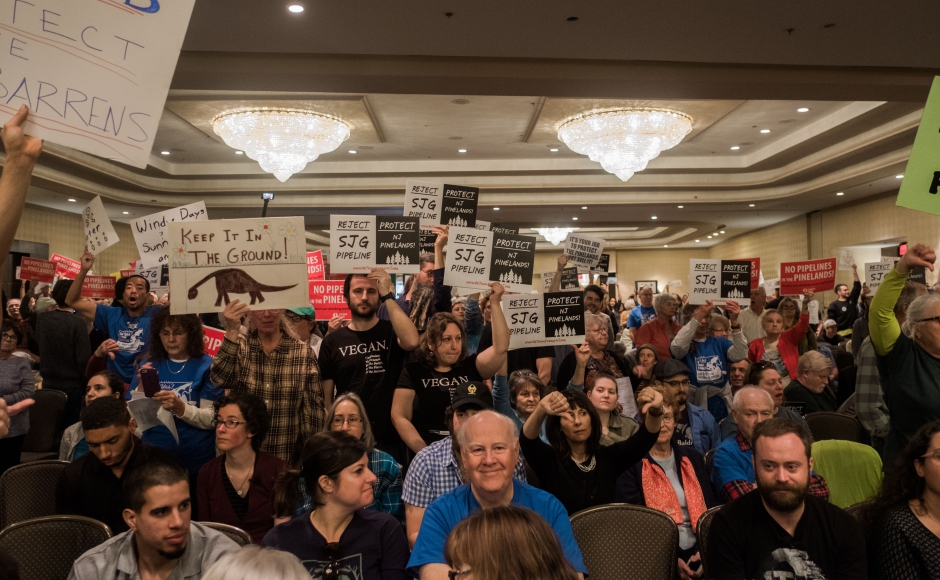 The New Jersey Pinelands Commission voted to approve the South Jersey Gas Pipeline project. Credit: Tricia Burrough.
The New Jersey Pinelands Commission voted to approve the South Jersey Gas Pipeline project. Credit: Tricia Burrough. The New Jersey Pinelands Commission voted to approve the South Jersey Gas Pipeline project. Credit: Tricia Burrough.
The New Jersey Pinelands Commission voted to approve the South Jersey Gas Pipeline project. Credit: Tricia Burrough.Related posts

Camden County Seeks Suburban Partners for Homelessness Outreach as Temperatures Drop
The county government is rolling out its regional ‘Code Blue’ response with programs to connect unhoused people with warm beds and social services providers. It’s asking municipalities to sign on to the collaborative effort to relieve pressures on law enforcement and drive better outcomes for vulnerable people. Sign in or subscribe to continue reading…
December 4, 2025
Collingswood Commissioners Split on Virtua EMS Services Bid
Collingswood firefighter-EMTs have been overworked amid call volumes that have spiked in the past decade and cratered morale, Fire Chief Geoff Joyce says. Virtua Health EMTs could ease some of that workload, but borough leaders are divided on bringing them in. Commissioner Jim Maley said Mayor Daniela Solano-Ward should have recused herself from voting on the contract after consulting her husband, a Virtua physician, prior to soliciting bids for the service. Sign in or subscribe to continue reading…
December 4, 2025
